Ensuring the safe and efficient transportation of your vehicle is paramount, whether you’re moving it across town or embarking on a long-distance journey. Properly loading a car trailer not only protects your investment but also ensures compliance with road safety regulations. At CarMax Vehicle, we specialize in manufacturing high-quality trailers designed to simplify this process. This guide delves into the essential steps and best practices for loading a car trailer effectively.
Understanding Your Trailer: CarMax Trailer Features
Before loading your vehicle, it’s crucial to familiarize yourself with the features of your CarMax Trailer. Our trailers are engineered for stability, durability, and ease of use, incorporating advanced design elements that facilitate secure loading and transportation.
Key Features of CarMax Trailers
| Feature | Description |
|---|---|
| Heavy-Duty Frame | Built to withstand significant weight and resist deformation. |
| Adjustable Ramps | Provide flexibility in loading different vehicle types and sizes. |
| Secure Tie-Down Points | Multiple points for attaching straps ensure the vehicle remains in place. |
| Non-Slip Surface | Prevents the vehicle from sliding during transit. |
| LED Lighting | Enhanced visibility for safer driving during nighttime. |
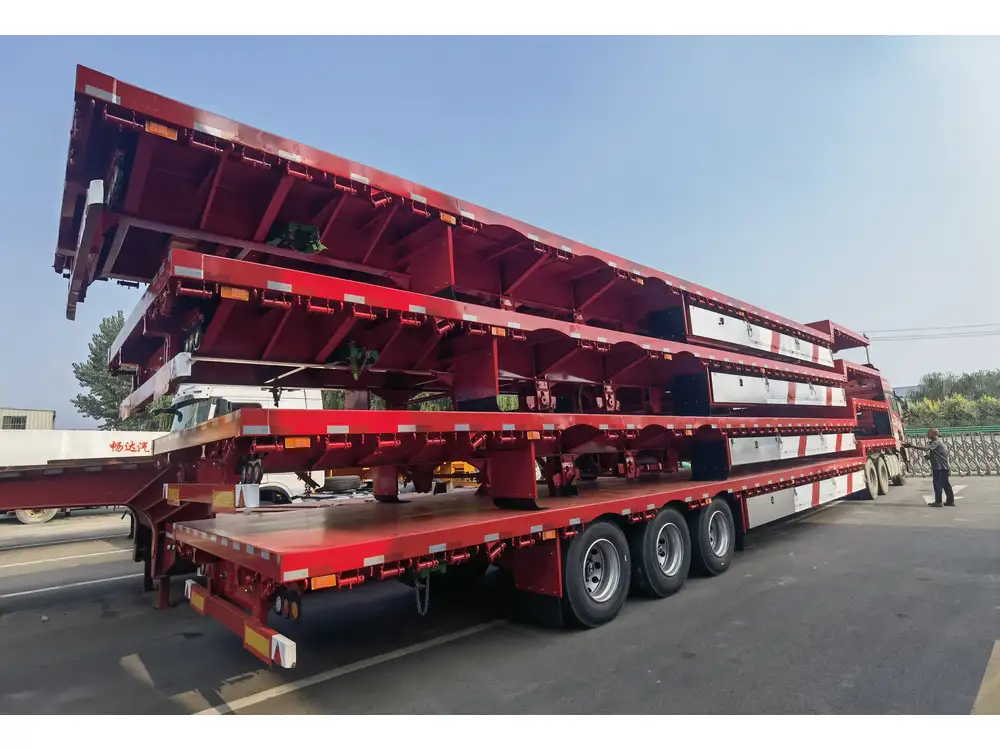
Preparing for Loading: Essential Steps
Proper preparation is the cornerstone of safe trailer loading. Follow these steps to ensure a smooth and secure loading process.
1. Inspect Your Trailer
Before loading, conduct a thorough inspection of your CarMax Trailer:
- Check the Tire Pressure: Ensure all tires are inflated to the manufacturer’s recommended levels.
- Examine the Brakes: Confirm that brake systems are functioning correctly.
- Inspect the Lights: Verify that all trailer lights are operational for visibility and safety compliance.
2. Positioning the Trailer
Proper positioning of the trailer is essential for an efficient loading process:
- Level Ground: Park the trailer on a flat, stable surface to prevent wobbling.
- Secure the Trailer: Use wheel chocks to immobilize the trailer and prevent any movement during loading.
- Align Ramps Properly: Adjust the ramps to a slight incline, facilitating easy vehicle entry.

3. Adjusting Trailer Settings
Maximize the trailer’s capacity by adjusting key settings:
- Set the Stabilizer Jacks: Deploy stabilizer jacks to enhance stability.
- Adjust Wheel Supports: Ensure the ramps are securely connected to the trailer platform.
Step-by-Step Guide to Loading Your Car Trailer
Follow these detailed steps to load your vehicle safely onto a CarMax Trailer.
Step 1: Prepare Your Vehicle
- Secure Loose Items: Remove or securely fasten any loose items in your vehicle to prevent movement.
- Check Tire Pressure: Align your vehicle’s tire pressure with the trailer’s specifications for optimal stability.
- Engage the Parking Brake: Ensure the parking brake is activated to minimize vehicle movement during loading.

Step 2: Positioning the Vehicle
- Align with Ramps: Carefully drive your vehicle onto the ramps, ensuring it is centered.
- Control Speed: Maintain a steady, slow speed to avoid jolting the vehicle during entry.
- Steer Smoothly: Make gradual steering adjustments to keep the vehicle aligned with the trailer.
Step 3: Securing the Vehicle
Once the vehicle is on the trailer, securing it properly is critical:
- Use High-Quality Straps: Opt for ratchet straps or cam buckle straps for maximum tension and security.
- Attach to Tie-Down Points: Fasten straps to the trailer’s designated tie-down points, ensuring even distribution of force.
- Cross the Straps: Use a crisscross pattern to prevent lateral movement and enhance stability.
- Double-Check Tension: Ensure all straps are taut, with no slack that could allow shifting during transit.
Step 4: Final Inspection
Conduct a thorough inspection to confirm everything is secure:
- Check Strap Placement: Verify that straps are not rubbing against sharp edges or protrusions.
- Test Stability: Gently shake the vehicle to ensure there is no movement.
- Re-inspect After Loading: Before departure, perform another check to reaffirm all connections remain tight.
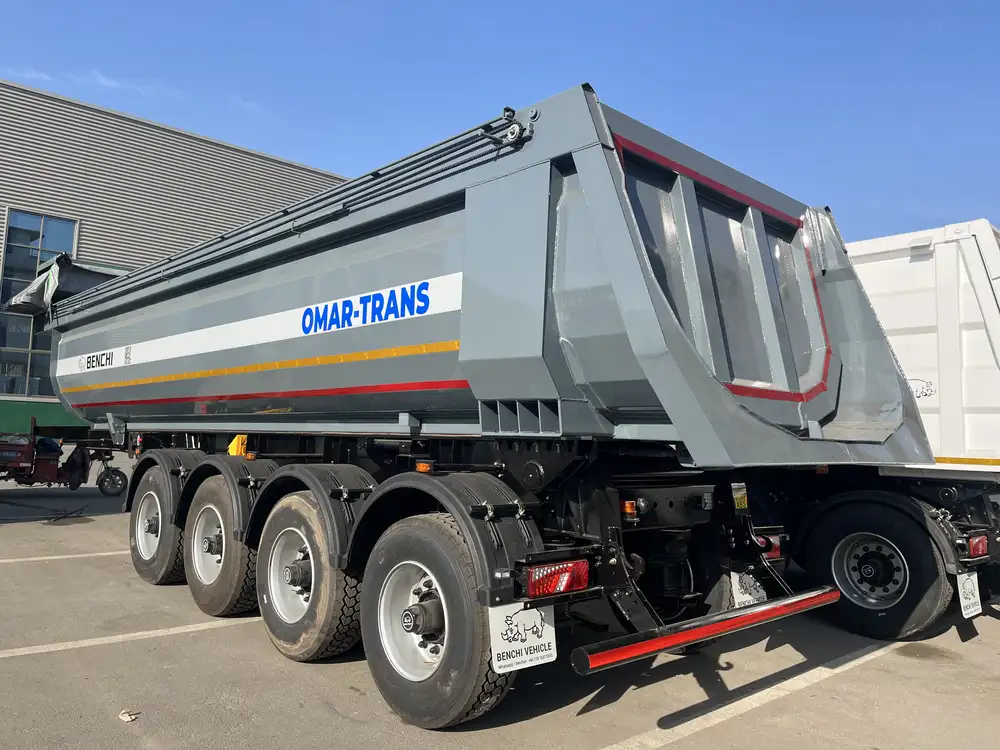
Safety Tips for Loading a Car Trailer
Adhering to safety protocols is non-negotiable when loading a vehicle onto a trailer. Here are essential safety tips to consider:
Maintain Proper Weight Distribution
Uneven weight distribution can compromise trailer stability:
- Center the Load: Position the vehicle so that the weight is evenly distributed across the trailer’s axles.
- Avoid Overloading: Adhere to the trailer’s maximum weight capacity as specified by CarMax Trailer guidelines.
Utilize Appropriate Loading Equipment
Using the right equipment enhances safety and efficiency:
- Ramps: Ensure ramps are in good condition and have a non-slip surface.
- Straps and Binders: Select straps that match the weight and size of your vehicle for secure fastening.
- Wheel Chocks: Deploy wheel chocks not only on the trailer but also on the towing vehicle to prevent any unintended movement.
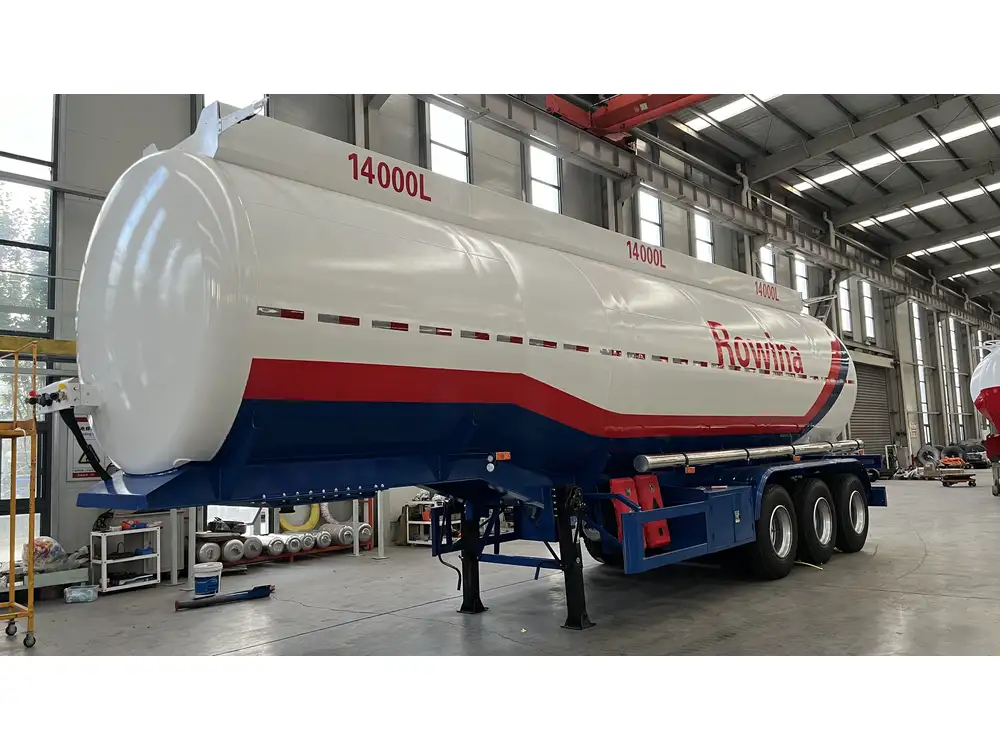
Follow Legal Requirements
Compliance with transportation laws is essential:
- License Requirements: Verify that you possess the necessary licenses for towing heavy loads.
- Lighting and Signals: Ensure all trailer lights are functional and comply with local regulations.
- Load Securing Laws: Familiarize yourself with state and federal laws regarding load securing and compliance.
Troubleshooting Common Loading Issues
Even with meticulous preparation, challenges may arise during the loading process. Here’s how to address common issues effectively:
Vehicle Won’t Stay on the Trailer
- Check Ramp Angle: Ensure ramps are not too steep, causing the vehicle to slide.
- Use Additional Straps: Increase the number of straps or use higher-strength straps for better hold.
- Engage Parking Brake Fully: Make sure the vehicle’s parking brake is securely activated.

Straps Keep Coming Loose
- Inspect Strap Quality: Replace any worn or damaged straps that may lose tension.
- Use Ratchet Mechanisms: Opt for straps with ratchet systems to maintain consistent tension.
- Reposition Tie-Down Points: Adjust the attachment points to achieve a more secure strap placement.
Trailer Sways During Transit
- Rebalance the Load: Adjust the vehicle’s position to ensure even weight distribution.
- Check Tire Inflation: Properly inflated tires contribute to trailer stability.
- Drive Carefully: Avoid sudden maneuvers, excessive speed, and harsh braking to minimize swaying.
Maintenance Tips for Your CarMax Trailer
Proper maintenance extends the lifespan of your trailer and ensures ongoing safety:

Regular Cleaning
- Remove Debris: Clear the trailer of any debris, mud, or salt that can cause corrosion.
- Wash the Frame: Use mild detergents to clean the trailer’s frame and components, preventing rust buildup.
Inspect for Damage
- Check for Rust: Regularly inspect the trailer for signs of rust and address them promptly.
- Examine Structural Components: Look for cracks, bends, or other damage to the frame and suspension.
Lubricate Moving Parts
- Hinges and Bolts: Apply lubricant to all hinges, bolts, and moving parts to ensure smooth operation.
- Wheels and Bearings: Maintain wheels and bearings by keeping them clean and properly greased.

Tire Maintenance
- Regularly Check Tire Pressure: Maintain the recommended tire pressure to ensure stability and prevent blowouts.
- Rotate Tires: Rotate tires periodically to promote even wear and extend tire life.
Enhancing Efficiency with CarMax Trailer Accessories
Maximize the functionality of your CarMax Trailer with our range of accessories designed to improve loading efficiency and safety:
Loading Ramps
- Adjustable Ramps: Facilitate loading vehicles of varying heights and weights.
- Non-Slip Surface: Prevents skidding during the loading process.
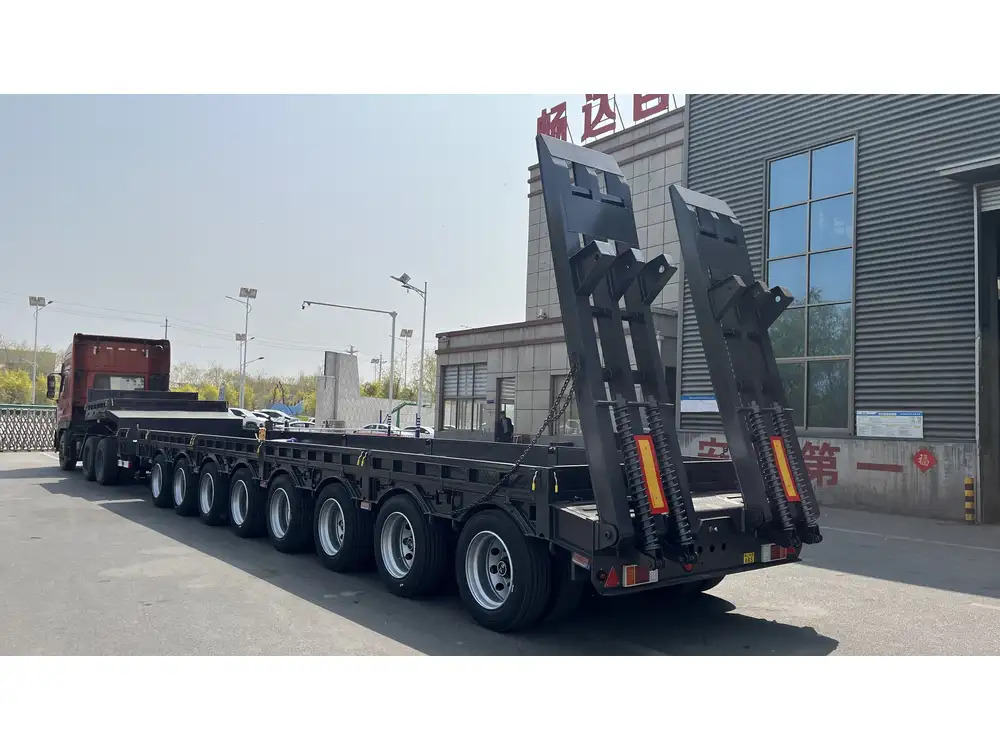
Brake Controllers
- Integrated Systems: Enhance braking performance for better control while towing.
- Easy Installation: Compatible with a wide range of towing vehicles.
Lights and Reflectors
- Enhanced Visibility: Improve safety with additional lighting options.
- Compliance: Ensure compliance with all road safety standards.
Tie-Down Tools
- Strap Tensioners: Achieve perfect tension with ease, reducing the time spent securing loads.
- Hammer Rings: Provide secure anchor points for heavy-duty straps.

Best Practices for Loading Different Types of Vehicles
Different vehicles require tailored loading techniques to ensure safety and prevent damage.
Sedans and Coupes
- Align Properly: Center the vehicle on the trailer to maintain balance.
- Protect the Paint: Use padding or blankets to prevent scratches and paint damage during transit.
SUVs and Trucks
- Weight Distribution: Ensure that the heavier parts of the vehicle are positioned over the trailer’s axles.
- Secure Larger Dimensions: Utilize additional straps and tie-down points to accommodate the larger size and weight.

Motorcycles and Motorhomes
- Specialized Ramps: Use ramps designed for motorcycles or motorhomes to ensure safe entry.
- Additional Support: Employ wheel chocks and extra straps to secure these specialized vehicles effectively.
Leveraging Technology for Loading Efficiency
Incorporate modern technology to streamline the loading process and enhance safety:
Trailer Monitoring Systems
- Real-Time Alerts: Receive notifications about weight distribution, speed, and braking to adjust driving behavior accordingly.
- Performance Metrics: Monitor trailer performance metrics to optimize loading and transportation efficiency.
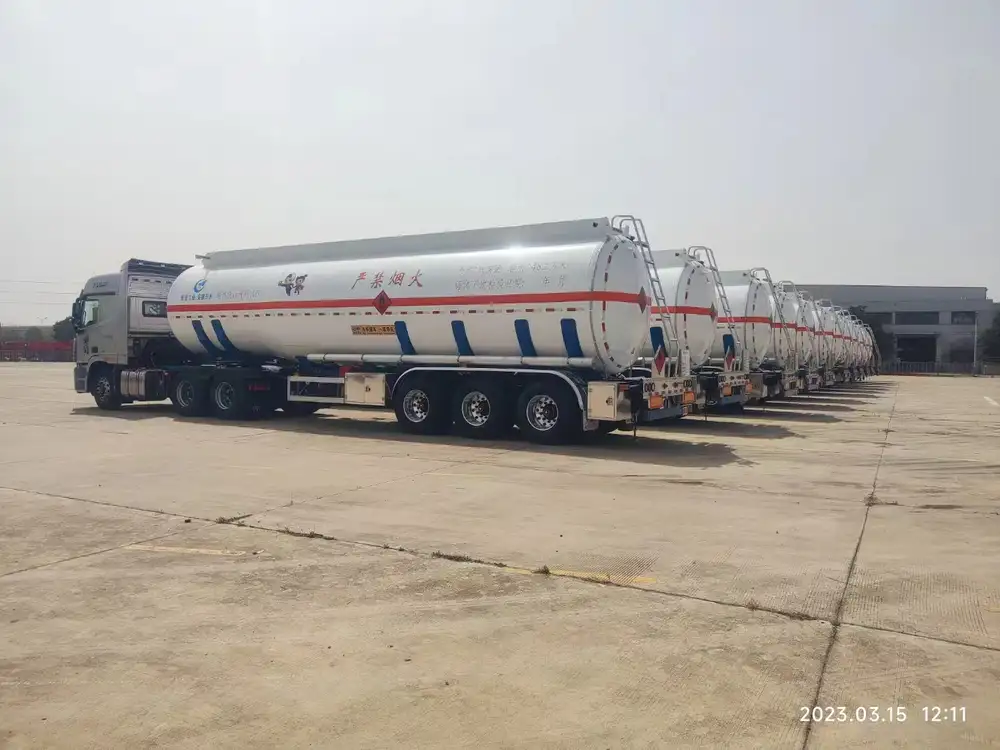
Automated Loading Systems
- Precision Loading: Utilize automated systems that assist in aligning and positioning the vehicle for optimal loading.
- Reduced Human Error: Minimize the risk of improper loading through technological assistance.
The Importance of Professional Assistance
While loading a car trailer might seem straightforward, enlisting professional assistance can significantly enhance safety and efficiency:
Expert Guidance
- Trained Personnel: Benefit from the expertise of professionals who understand the nuances of trailer loading and weight distribution.
- Customized Solutions: Receive tailored advice based on the specific make and model of your vehicle and trailer.
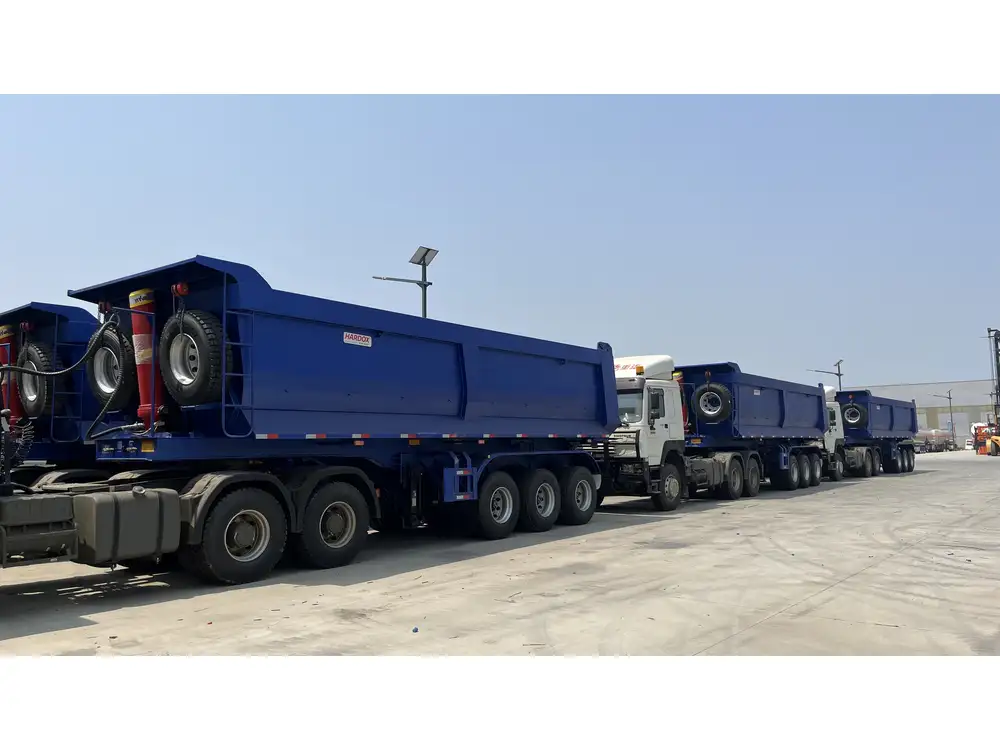
Time Efficiency
- Faster Loading: Professionals can load vehicles more quickly and securely, saving you time.
- Problem Resolution: Address any issues that arise during loading promptly with expert intervention.
Sustainable Practices in Trailer Loading
Embracing sustainable practices not only benefits the environment but also enhances operational efficiency:
Fuel-Efficient Loading
- Optimal Weight Distribution: Proper loading reduces trailer sway and drag, leading to improved fuel efficiency.
- Aerodynamic Positioning: Position vehicles to minimize air resistance during transit.
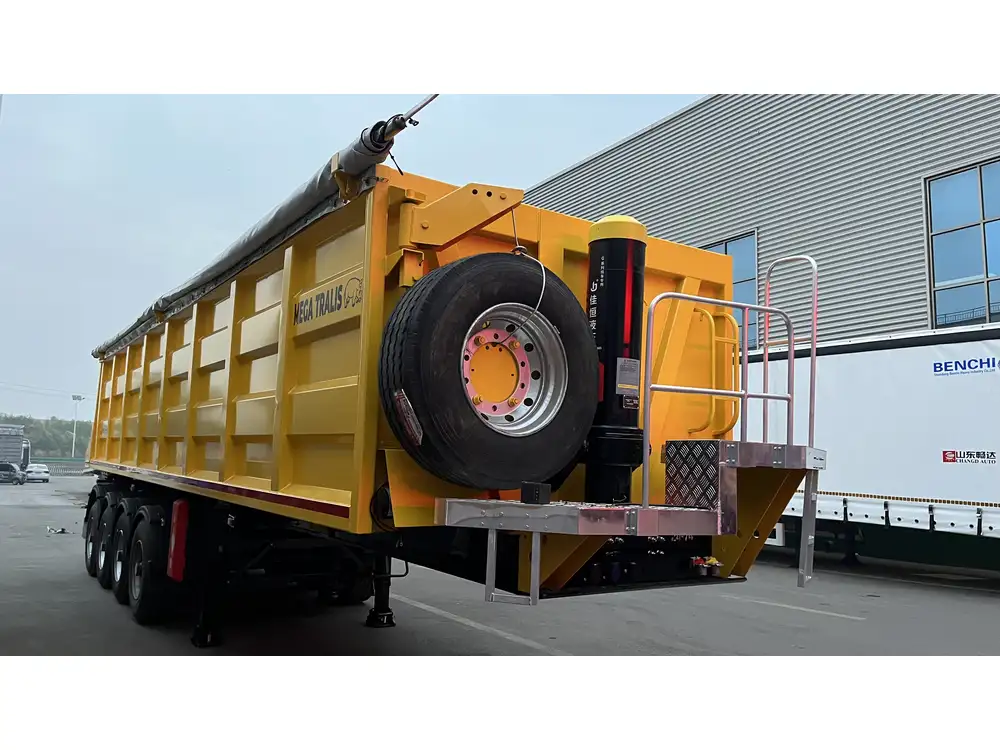
Eco-Friendly Materials
- Reusable Straps: Use high-quality, reusable straps to reduce waste and lower long-term costs.
- Sustainable Manufacturing: Choose trailers manufactured with sustainable practices and materials, like those offered by CarMax Vehicle.
Conclusion
Properly loading a car trailer is a multifaceted process that demands attention to detail, adherence to safety protocols, and an understanding of your trailer’s features. At CarMax Vehicle, our commitment to quality and innovation ensures that our trailers provide the reliability and performance you need for safe vehicle transportation. By following this comprehensive guide, you can confidently load your vehicle, knowing that it is secure, balanced, and ready for the road ahead.
Frequently Asked Questions
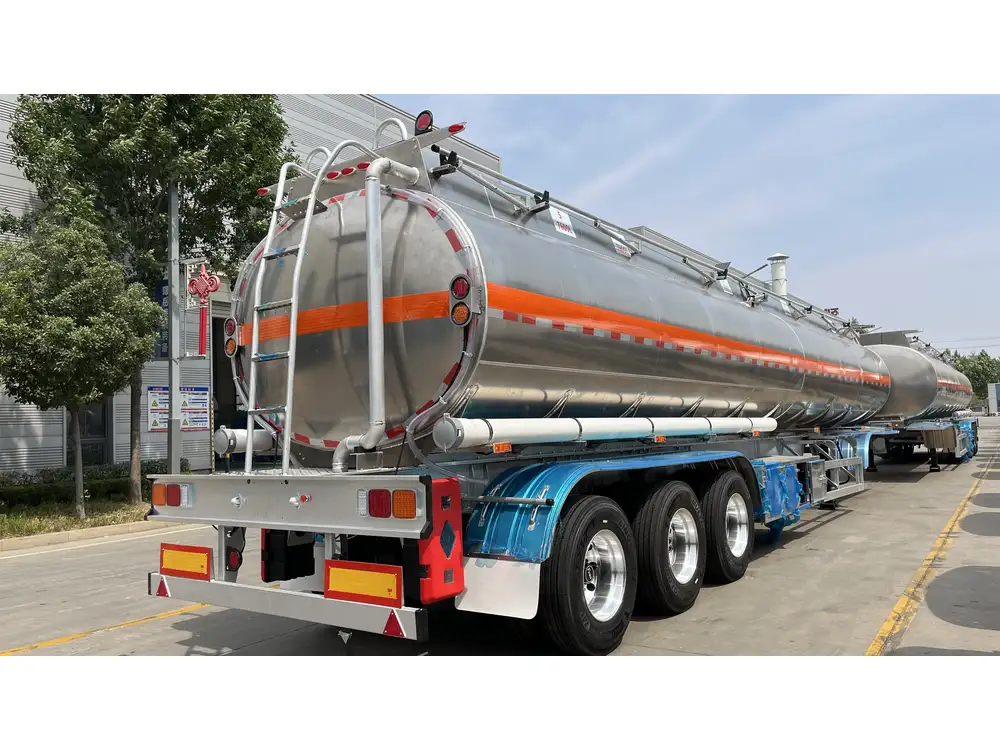
1. What is the maximum weight capacity of a CarMax Trailer?
CarMax Trailers are designed with varying weight capacities to accommodate different vehicle sizes. It is essential to consult your specific trailer’s specifications or contact CarMax Vehicle directly to ensure you do not exceed the recommended weight limit.
2. How often should I inspect my trailer for safety?
Regular inspections are crucial for maintaining trailer safety. We recommend conducting a thorough inspection before each use, including checking tire pressure, brakes, lights, and the integrity of tie-down points. Additionally, perform a more detailed inspection periodically, such as monthly or after long trips.
3. Can I load multiple vehicles on a CarMax Trailer?
Depending on the size and capacity of your CarMax Trailer, loading multiple vehicles may be possible. Ensure that the combined weight does not exceed the trailer’s maximum load capacity and that both vehicles are properly secured to prevent shifting during transit.

4. What type of straps should I use for securing my vehicle?
High-quality ratchet straps or cam buckle straps are recommended for securing vehicles on a trailer. These straps provide the necessary tension and durability to keep your vehicle stable during transportation. Avoid using worn or damaged straps, as they may fail under load.
5. How can I prevent my vehicle’s paint from getting scratched during loading?
To protect your vehicle’s paint, use padding or blankets between the trailer and the vehicle. Ensure that straps do not come into direct contact with the paint by using protective covers or guides. Additionally, handle the vehicle gently during loading to minimize the risk of scratches or dings.



